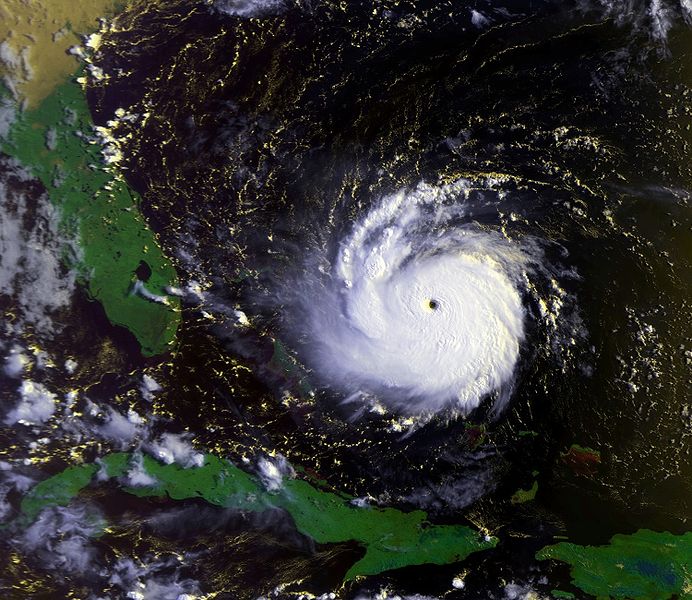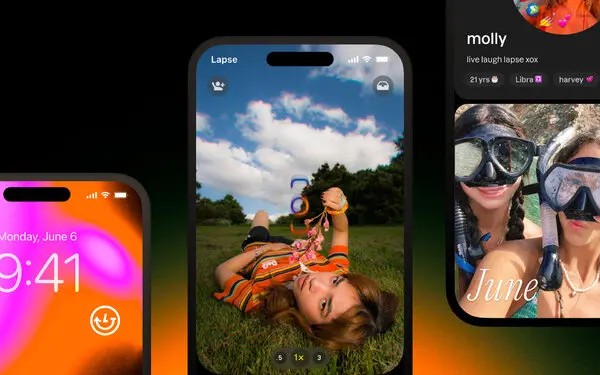For over four decades, the Sundance Film Festival has served as the premier launchpad for independent cinema, transforming the snowy mountains of Park City, Utah, into the epicenter of the film world every January. It’s a place where unknown directors become household names overnight, where small, personal stories spark global conversations, and where the future of filmmaking is unveiled. More than just a festival, Sundance is a cultural barometer, a kingmaker, and a vital ecosystem for artists who dare to challenge the conventions of mainstream Hollywood. To distill its rich history into a simple “best of” list is a monumental task, as its legacy is written in the countless careers it has launched and the cinematic movements it has inspired. This exploration will delve into the films that not only captured awards and distribution deals but also left an indelible mark on the landscape of modern cinema, defining genres, challenging audiences, and proving the enduring power of a singular, authentic vision.
The Sundance Effect: How a Festival Redefined Independent Film
The “Sundance Effect” refers to the phenomenon where a low-budget, independently produced film premieres at the festival to critical acclaim, sparking a bidding war among distributors and launching it into the cultural mainstream. This effect has been the driving force behind the festival’s influence, creating a viable pathway to success outside the traditional studio system. It began in earnest with Steven Soderbergh’s 1989 game-changer, sex, lies, and videotape. Shot on a shoestring budget, this psychologically complex drama won the inaugural Audience Award and was promptly acquired by Miramax, going on to become a commercial and critical smash hit. It proved that audiences were hungry for adult, nuanced storytelling and that an indie film could be profitable, igniting the independent film boom of the 1990s.
Launching Auteurs and Icons
Sundance’s greatest legacy is arguably the talent it has discovered and nurtured. It’s where Quentin Tarantino, a former video store clerk, unleashed the stylish, non-linear crime saga Reservoir Dogs (1992) upon an unsuspecting world. It’s where Kevin Smith proved you could make a beloved cult classic with credit cards and conversations about Star Wars in Clerks (1994). More recently, it’s where Ryan Coogler’s devastating debut Fruitvale Station (2013) announced him as a major directorial voice, where Damien Chazelle’s tense, percussive Whiplash (2014) took home both the Grand Jury Prize and the Audience Award, and where Ari Aster’s terrifying Hereditary (2018) redefined modern horror. For these filmmakers, and countless others, Sundance was not just a screening; it was a coronation.
Defining and Redefining Genres

The festival has also been a laboratory for genre innovation. In 1999, The Blair Witch Project turned a minuscule budget and a clever marketing campaign into a global phenomenon, single-handedly popularizing the “found footage” horror genre. Years later, films like Get Out (2017), which premiered as a “secret screening,” demonstrated how the horror genre could be used as a vehicle for potent social commentary, earning both critical adoration and massive box office success. Similarly, quirky, heartfelt comedies like Little Miss Sunshine (2006) and Napoleon Dynamite (2004) created their own subgenre of offbeat family dramedy that has been emulated ever since. These films didn’t just fit into genres; they expanded them.
A Journey Through Sundance’s Landmark Films
Looking back through the Sundance archives is like tracing the evolution of modern American cinema. Each decade brought a new wave of filmmakers with unique concerns, aesthetics, and stories to tell. While countless films are worthy of mention, certain titles stand out as quintessential examples of their era’s independent spirit.
The 1990s: The Rise of the Indie Auteur
The 90s were the golden age of the American indie boom, and Sundance was its ground zero. This era was defined by dialogue-heavy, character-driven films that felt raw, authentic, and refreshingly adult compared to Hollywood blockbusters.
- Reservoir Dogs (1992): Quentin Tarantino’s debut was a masterclass in style, tension, and pop-culture-infused dialogue. Its non-linear structure and explosive violence announced a bold new voice in cinema.
- Clerks (1994): Shot in black and white at the convenience store where director Kevin Smith worked, this hilarious, profane, and surprisingly poignant film captured the slacker ethos of Generation X and became a cult phenomenon.
- Hoop Dreams (1994): A documentary with the sweep and emotional depth of a grand epic, this film followed two Chicago teenagers dreaming of NBA stardom. It transcended the sports documentary genre to become a profound statement on race, class, and the American dream.
The 2000s: Quirky Hits and Sobering Dramas
As the indie market matured, the 2000s saw Sundance films gain even more mainstream traction. This decade was marked by a mix of charmingly eccentric comedies and powerful, issue-driven dramas that showcased incredible breakout performances.

- Memento (2001): Christopher Nolan’s second feature, a neo-noir told in reverse chronological order, was a stunning feat of narrative engineering that established him as a master of complex, high-concept filmmaking.
- Little Miss Sunshine (2006): The quintessential Sundance “feel-good” movie. This story of a dysfunctional family on a road trip to a beauty pageant was hilarious and heartwarming in equal measure, winning the hearts of audiences and two Academy Awards.
- Winter’s Bone (2010): A gritty, atmospheric thriller set in the Ozark Mountains, this film was a star-making vehicle for a young Jennifer Lawrence and a stark, unflinching look at poverty and resilience in rural America.
The 2010s: Socially Conscious Cinema and Genre Elevation
The 2010s saw Sundance become a vital platform for diverse voices and stories that directly engaged with the pressing social and political issues of the day. Filmmakers increasingly used genre conventions to explore complex themes of race, identity, and justice.
- Fruitvale Station (2013): Ryan Coogler’s powerful debut chronicled the final 24 hours in the life of Oscar Grant. It was a work of profound empathy and social urgency that felt both timely and timeless.
- Whiplash (2014): A blistering, intense drama about the fraught relationship between a young jazz drummer and his abusive instructor. It was a cinematic shot of adrenaline that explored the price of greatness with breathtaking skill.
- Get Out (2017): Jordan Peele’s directorial debut was a cultural watershed moment. A “social thriller” that was at once terrifying, funny, and razor-sharp in its critique of liberal racism, it proved that genre films could be art of the highest order.
The Unseen Engine: Sundance’s Documentary Powerhouse
While its narrative features often grab the headlines, Sundance is arguably the most important documentary film festival in the world. The U.S. Documentary Competition has consistently showcased non-fiction films that have not only won Oscars but have also shaped public policy and altered the course of cultural conversations. These films are a testament to the power of documentary to bear witness, expose injustice, and inspire change.
Films like An Inconvenient Truth (2006) brought the climate crisis into the mainstream consciousness in an unprecedented way. Man on Wire (2008) proved that documentaries could be as thrilling and suspenseful as any heist movie. Searching for Sugar Man (2012) was a mysterious, heart-warming tale that captivated audiences worldwide, while O.J.: Made in America (2016) used the story of one man to paint a sprawling, definitive portrait of race, celebrity, and justice in 20th-century America. More recently, Summer of Soul (…Or, When the Revolution Could Not Be Televised) (2021) unearthed a treasure trove of lost concert footage to celebrate Black history, culture, and music. The festival’s commitment to non-fiction storytelling is a core part of its identity and one of its most vital contributions to the world of film.
What Defines a “Sundance Film”?
While the films that premiere at Sundance are incredibly diverse, they often share a few key characteristics that have come to define the festival’s aesthetic and ethos.
- A Focus on Character: At its heart, a great Sundance film is a great story about people. They prioritize deep, authentic character development over spectacle.
- A Singular Vision: These films feel personal and director-driven. They are the product of an artist’s unique perspective, not a committee.
- Innovative Spirit: Whether through narrative structure, visual style, or simply making the most of a limited budget, Sundance films often showcase a clever and resourceful approach to filmmaking.
- Cultural Relevancy: The best Sundance films tap into the zeitgeist. They tell stories that feel immediate, necessary, and reflective of the world we live in.
Conclusion: The Enduring Legacy of Sundance
From its humble beginnings as a showcase for regional filmmakers, the Sundance Film Festival has evolved into a global institution and a powerful force in contemporary culture. It remains a sanctuary for artistic risk-taking and a beacon for storytellers who might otherwise be shut out of the system. The “best films of Sundance” are more than just a collection of titles; they are a chronicle of artistic innovation, a reflection of our changing society, and a powerful reminder that a great story, told with passion and conviction, can indeed change the world. As the landscape of media continues to shift, the festival’s role as a curator of bold, independent voices is more essential than ever, ensuring that the spirit of Sundance will continue to shape the future of cinema for generations to come.













